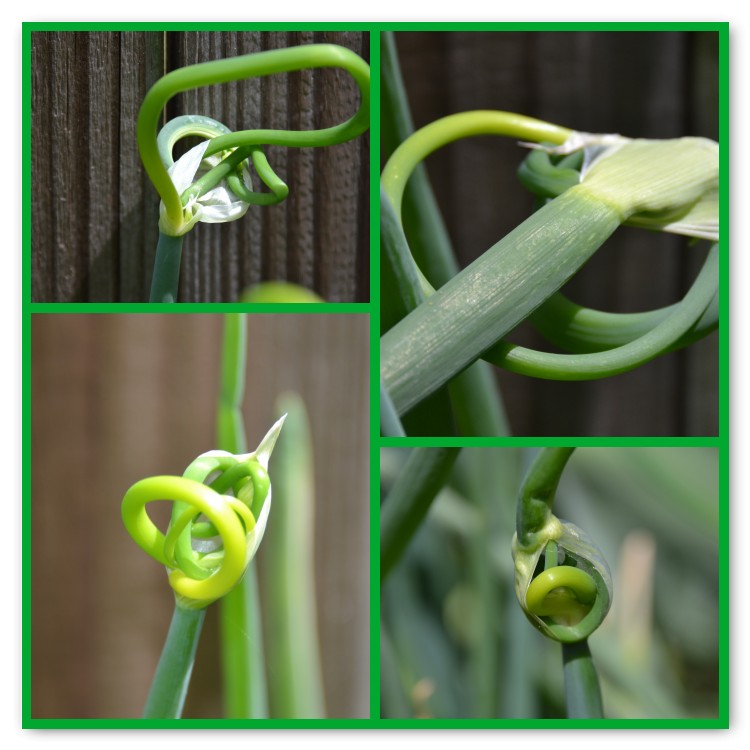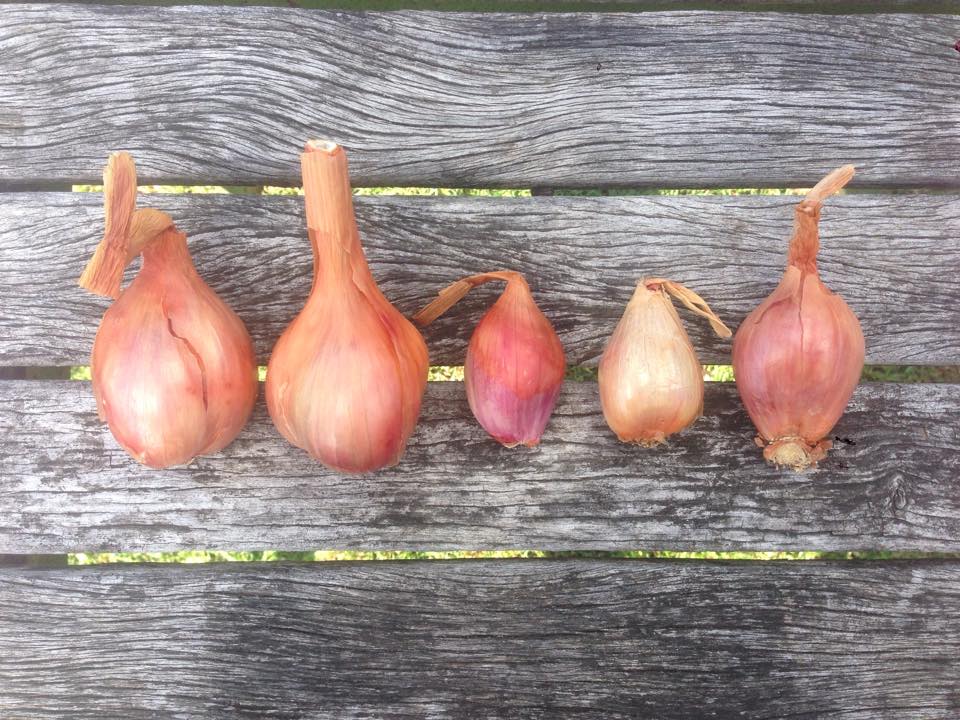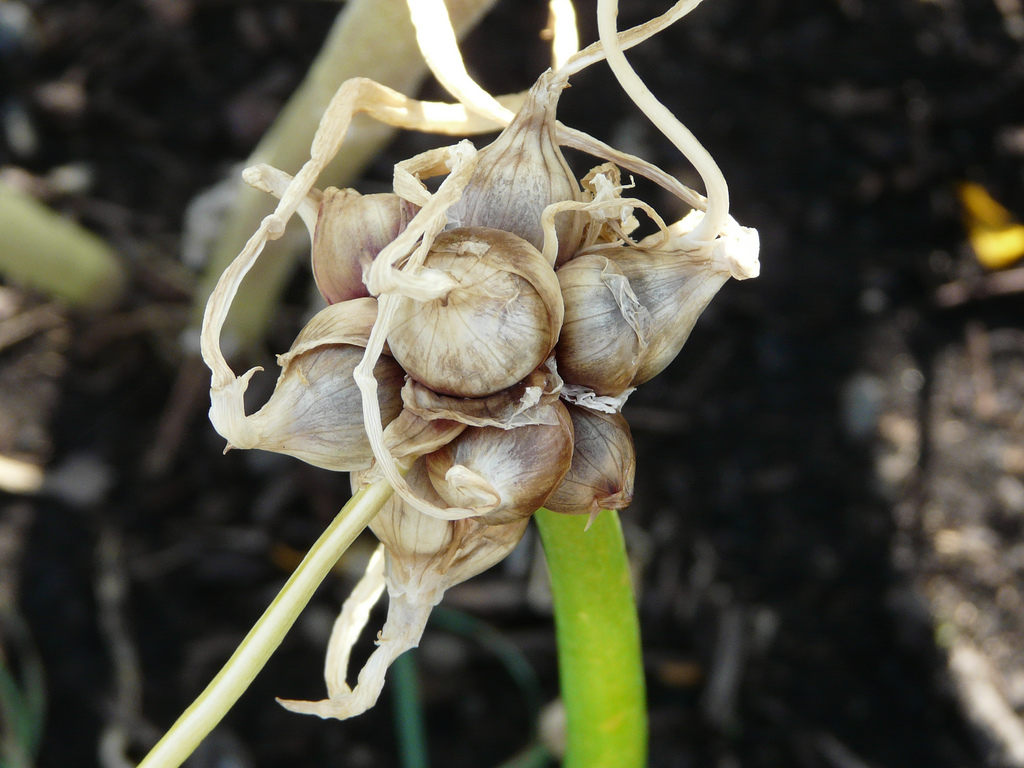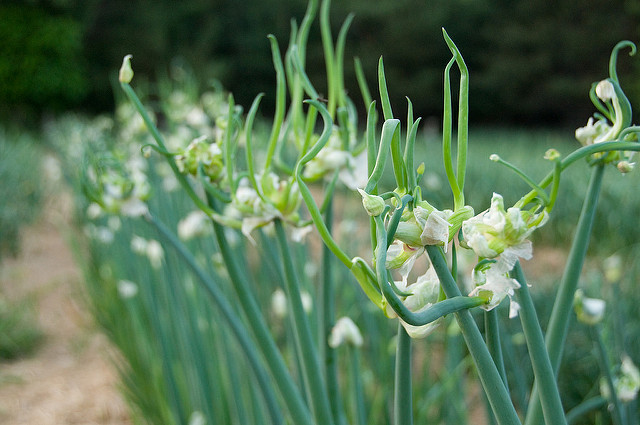EGYPTIAN WALKING ONION OR TREE ONION: ALLIUM X PROLIFERUM
By growing your own vegies you can reduce your food miles, and your use of packing and chemicals. Having a backyard vegie patch also reduces food waste because you can pick produce when you are ready to use it, rather than buying it all at once from the shops.
I grow lots of shallots in my garden because they are perfect for harvesting as I need them, but this year I’m trying something new – Egyptian walking onions or tree onions. I’ve only ever seen pictures of these incredible plants so I’m pretty excited to see what they will be like.
They have an unusual appearance and I love the fact that I will be able to harvest them in two different ways – through the ground bulbs and aerial bulblets. I’ll share the aerial bulblets with friends and family so that they can grow their own.

image: Tony Alter (Flickr)
Generally they are grown in the ground but I’m giving them a go in a large container because that’s the only space I have right now.
Description
Egyptian walking onions are a perennial onion variety that produce both regular bulbs that clump around the original bulb, as well as small aerial bulblets that develop on the top of the stem. These eventually cause the stem to bend to the ground allowing the bulblets to take root into the soil and grow into new plants. The bulblets start to sprout while they still attached to the main plant and literally step into a new position and this is where the name ‘walking onion’ comes from.
They grow around 60cm tall and the bulbs, top-sets and the leaves can all be eaten.
Genetic testing has shown tree onions to be a cross between the common onion (Allium cepa) and the welsh onion (Allium fistulosum). They are now botanically classified as Allium x proliferum.
If you’d like to join me in growing some, here are some tips:

Growing tips
Plant your bulbs in autumn or winter into a well-drained soil, moderately rich soil with a pH of around 6.5-7. If your soil is too rich your onions will produce prolific top growth at the expense of your bulbs, which will remain small and won’t keep as well. Position the bulbs so that the tip is just above the surface of the soil. Space the bulbs 40 centimetres apart in rows of about 30-40 centimetres. You can plant them a bit closer if you are growing them in a container.

image: A L MacLean (Flickr)
Harvesting
Aerial bulblets can be picked in late summer before they start to sprout while regular bulbs can be harvested around 5 months after planting. Lift the onions with a garden fork and dry in the same way as regular onions. You can also harvest the occasional tender leafstalk and use it like a shallot.
Egyptian walking onions can be tricky to find but I purchased some online from a seed shop.
I’ll let you know how they go.


Thanks for the excellent article
Like!! Really appreciate you sharing this blog post.Really thank you! Keep writing.